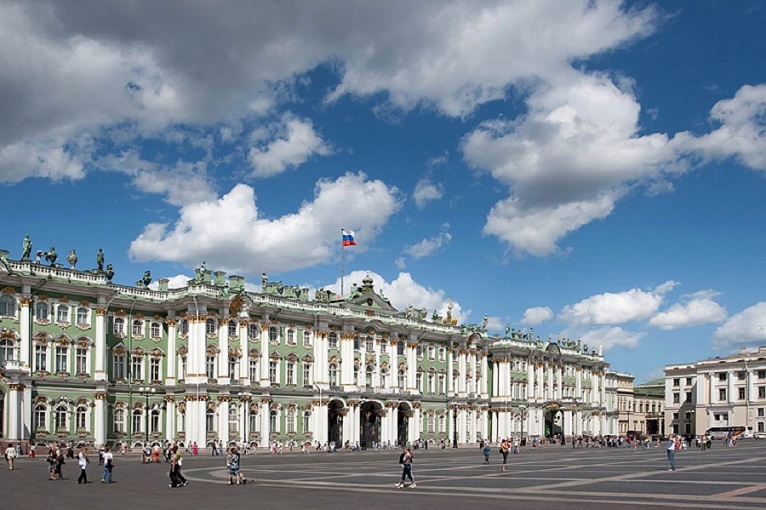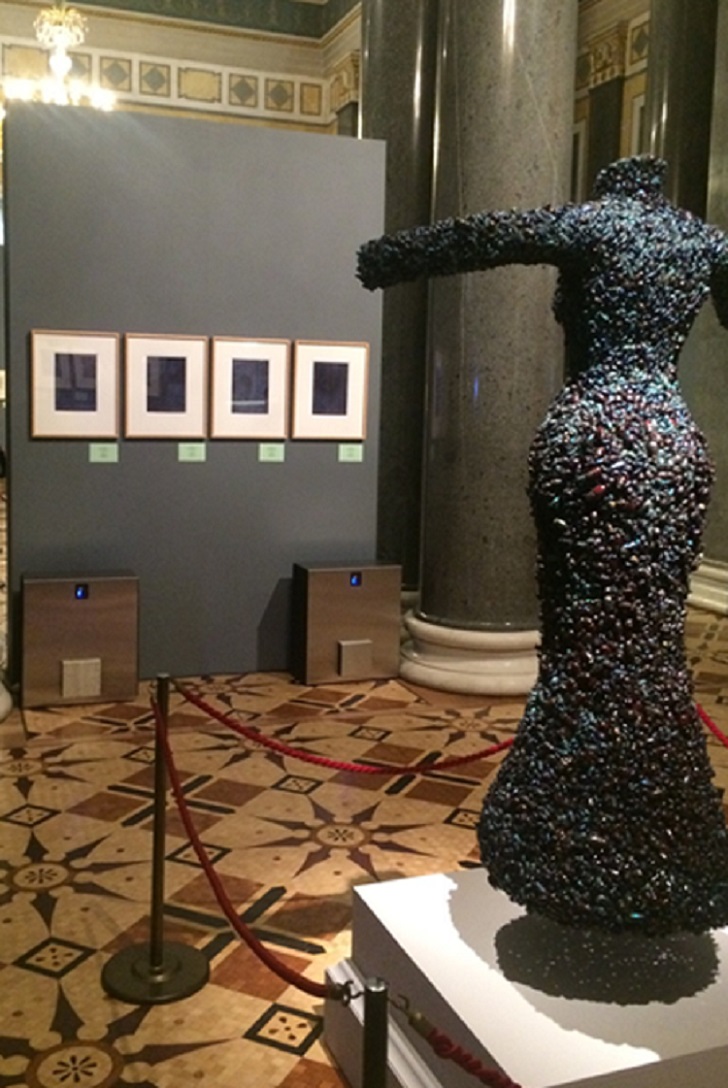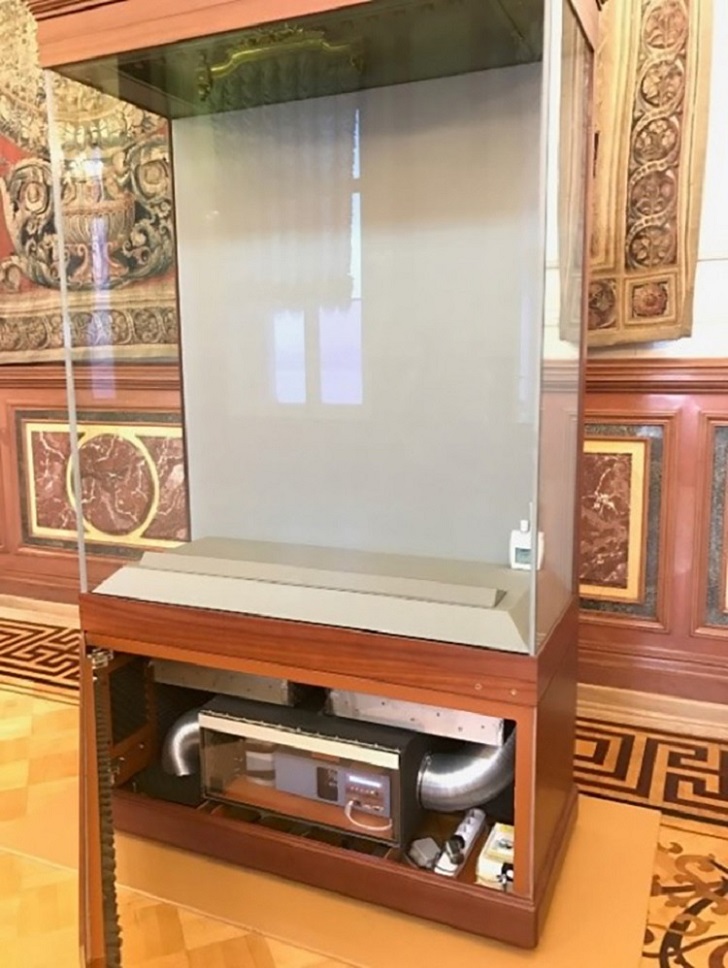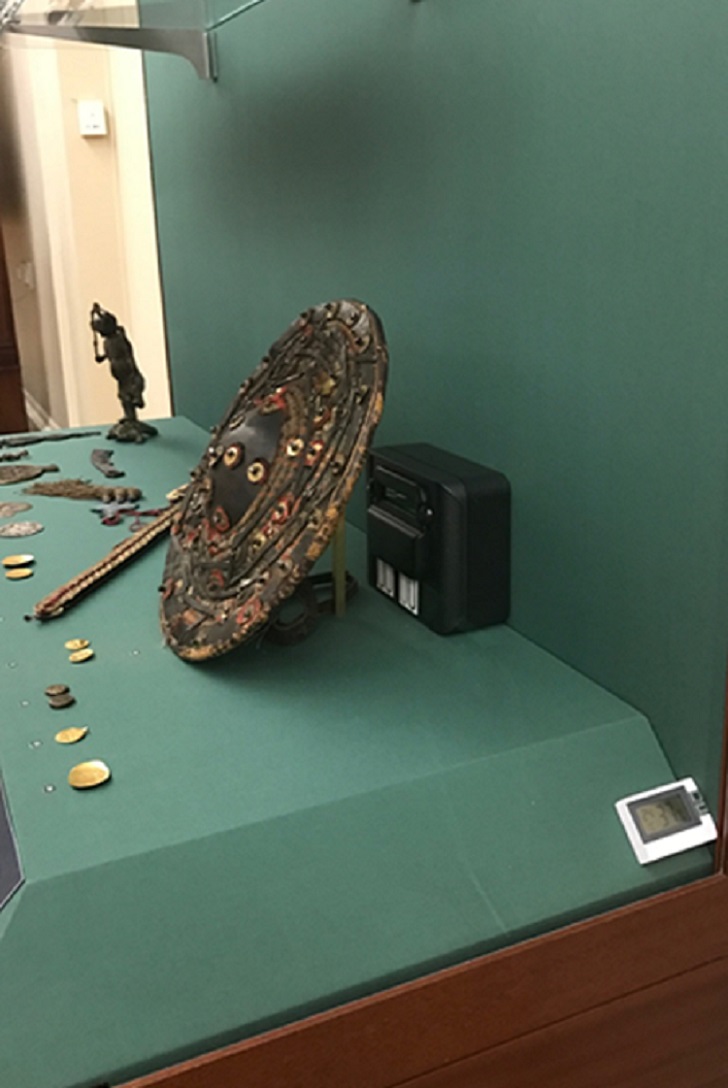



Air pollution in the Russian city of St Petersburg was risking the deterioration of historical treasures kept in the State Hermitage Museum. Conservation scientists visited Camfil in Sweden to investigate air quality solutions which could preserve the museum’s precious collection.
The State Hermitage Museum in St Petersburg, Russia is the second-largest art museum in the world and contains one of the most important collections of art. It was founded in 1764 by Empress Catherine the Great and its unique collection is housed in six historic buildings that epitomise Russia’s love affair with art and culture and showcase over three million items from around the globe. Air pollutants The museum is situated in the heart of the city and is exposed to air pollutants from traffic fumes, the burning of coal and industrial processes. Greenpeace has named Moscow and St Petersburg the most polluted cities in Russia with the highest concentration of nitrogen dioxide, which comes principally from vehicle exhaust emissions, airports, and combustion processes.
Nitrogen dioxide and other pollutants, typically volatile organic compounds (VOCs) form ozone under the influence of sunlight that can cause irreversible damage and risk the deterioration of the museum’s delicate objects.
Action plan To further their efforts to preserve and protect these historical treasures, the conservation scientists at the Hermitage were searching for an air quality solutions’ laboratory that could investigate which molecular pollutants were present in the air of the museum.
A team of specialists visited Camfil’s R&D Tech Centre and manufacturing unit in Trosa, Sweden. The purpose of the visit was for them to understand the advanced Clean Air technology used by Camfil and plan their strategy following an analysis of the particulate and molecular containments present at the museum.
A Camfil team including Global Molecular Contamination Control director, Dr Chris Ecob, together with the Hermitage´s specialist team discussed the findings of earlier research to help them come to preliminary conclusions about how best to improve the indoor air quality. One of the findings and one that needed to be corrected immediately, was that the museum had previously used low-efficiency solutions and high leakage was evident through the filter media.
Proposed solution The team prepared an action plan and a solution was then proposed for the Hermitage museum using Camfil’s City-Flo filters in HVAC units placed in the basement, using already available ducts to avoid damage to the historic building. These systems were then supported by Camfil’s Air Cleaners in selected exhibition halls as well as filtration in showcases.
The first installation of City-Flo filters was in Alexander Hall, which houses the silver collection exhibition, and during the following year measurements of particulate and molecular contaminations were carried out.The preliminary conclusions confirmed the effectiveness of the air cleaning solution.
Installation The Hermitage’s main building and exhibition areas are now equipped with City-Flo filters that complement the existing ventilation system and provide energy savings, efficient productivity and healthier air quality with less dust and fewer harmful particles. To protect all the museum showcases from high levels of humidity, devices from Austrian air-conditioning specialists, miniClima were used along with Camfil’s CityCarb Triple Boxtype filter.
The Hermitage uses more than 100 microclimatic showcases and the humidity level is maintained with miniClima’s devices. After the filter was installed in the Hermitage museum, along with the mini-Clima devices, high levels of air filtration efficiency were confirmed. Now all the miniClima devices in the Hermitage are equipped with Camfil’s CityCarb filters. This collaboration gave birth to a partnership between the two companies to work together on many more humidity control and air filtration projects.
Real-time insights Real-time information on air corrosivity is crucial for effective corrosion protection of valuable cultural heritage objects. The ISACheck II is a corrosion sensor which offers advanced real-time insights that can be translated into corrosion depth and rate.Camfil helped to organise the monitoring of particulate and molecular contaminants in the Hermitage on a regular basis using ISA-Check II, a TSI particle counter and Giga check instruments.
Some halls and restoration workshops at the State Hermitage Museum had no ventilation or were not sufficiently ventilated. Camfil suggested the use of its Air Cleaners to improve air quality in such critical areas. Camfil’s Air Cleaner model CC 800 reduces levels of contaminants and dust to maintain a high level of cleanliness and indoor air quality.This is beneficial for both the museum treasures and the health of people working and visiting the museum. The initial results were exceptional and today the Hermitage uses more than 100 Camfil’s Air Cleaners in exhibition halls, restoration workshops,and storage rooms.
About the author This article was supplied and written by Dr Chris Ecob, Global Molecular Contamination Control director at Camfil.





